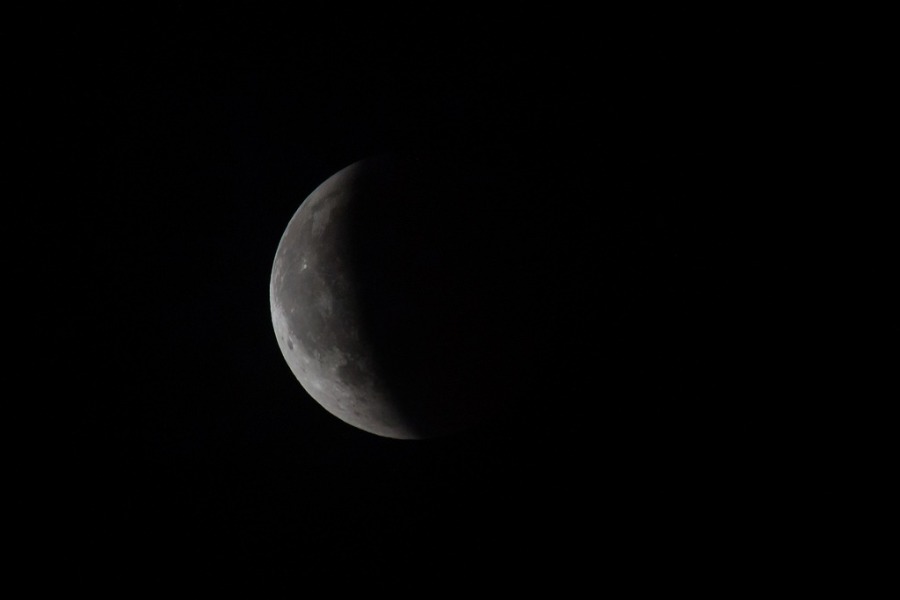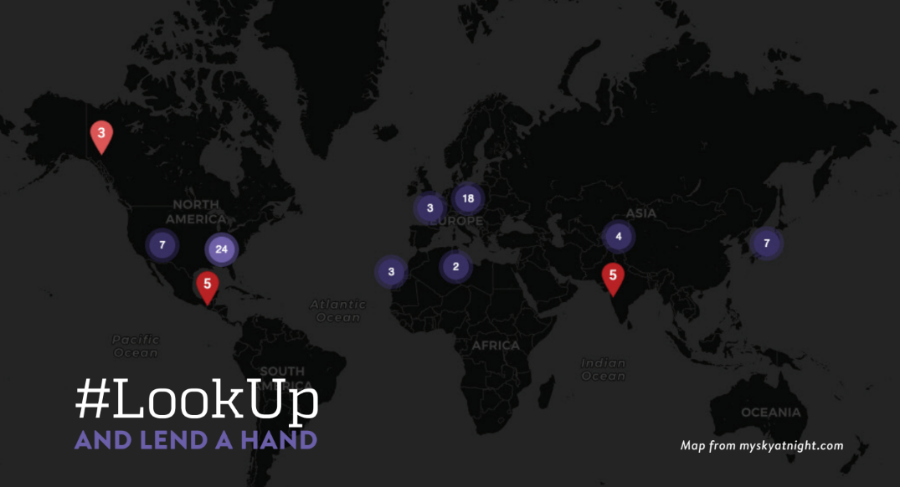Adler Skywatch: January 2019

Bright stars and planets, meteors, an eclipse, a “Supermoon,” and a close approach by the Sun are all expected during January 2019.
In evening twilight this month, the planet Mars is high in the southern skies. The night of the 12th, it appears near a waxing crescent Moon. Each evening Mars appears higher in the sky than the night before; but it also gets slightly dimmer each night, as it moves further from Earth after its close approach last summer. By about 10:00 pm CT, Mars is very low in the west.
The rest of the month’s planetary viewing occurs during early-morning darkness. The two brightest planets, Venus and Jupiter, are above the southeast horizon by 6:00 am CT. Venus is the brighter of the two—though both are brighter than any of the stars in the night sky. From the 1st through the 24th, Venus appears higher than Jupiter. But on the 25th and 26th they appear at about the same altitude. By the 28th Jupiter appears higher than Venus. A waning crescent Moon appears between the two planets on the 31st.
The planets Mercury and Saturn appear so close to the Sun this month that they are difficult if not impossible to view.
Perihelion, when the Sun is closest to Earth for the year, occurs on the 2nd, at 11:19 pm CT. At perihelion, Earth is about 91.4 million miles from the Sun, which is about 3 million miles closer than it is at its furthest, which occurs in early July.
Also in January, the annual Quadrantids Meteor Shower peaks the night of the 3rd and morning of the 4th. From very dark, very clear skies, a peak of about 40 meteors per hour is expected. This year the waning crescent Moon doesn’t rise until morning twilight on the 4th, so it won’t interfere with the sky’s darkness. The Quadrantids appear to radiate from the constellation Boötes, which rises in the northeast around midnight Central time—but the meteors can appear anywhere in the sky. No special equipment is needed—just dress warmly for the weather, and look up!
The month’s biggest astronomical event is the night of the 20th, when a total lunar eclipse is visible from most of North and South America. In the Chicago area, the partial phase of the eclipse starts about 9:34 pm Central time, as the Moon slips into Earth’s shadow. Totality, when the Moon is entirely within Earth’s shadow, begins at 10:41 pm. During totality the Moon is likely to turn a deep reddish color. Totality ends at 11:43 pm; and the partial phase ends at 12:50 am on the 21st. Look now while you can, because this is the last total lunar eclipse anywhere until May 2021.
The 20th is also the night of 2019’s first “Supermoon”—a Full or New Moon near perigee, the point in the Moon’s orbit when it’s closest to Earth. A Supermoon often looks slightly larger than a usual Moon. This year the February and March Full Moons will also be considered Supermoons.
New Moon: January 5th
First Quarter Moon: January 14th
Full Moon: January 20th
Last Quarter Moon: January 27th
Please note: these descriptions are for the Chicago area, using Central time.
—
Header photo credit: DanielaC173 on Foter.com / CC BY-SA







